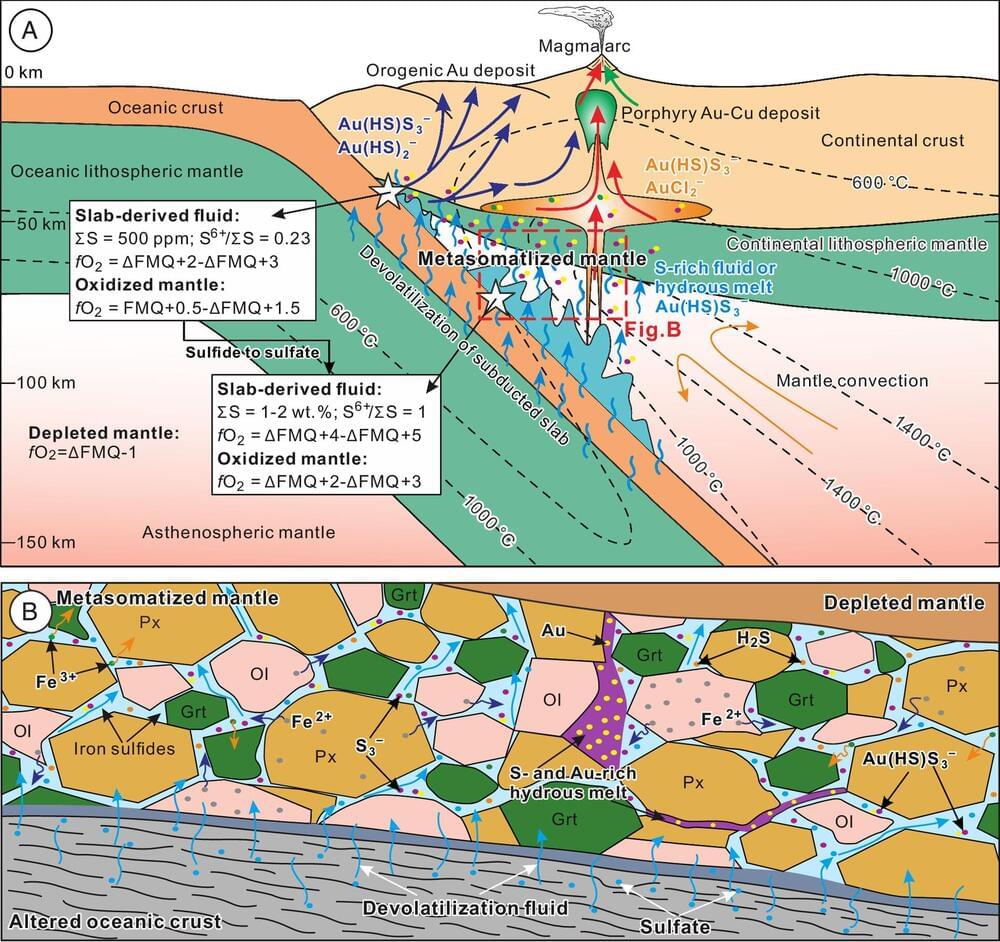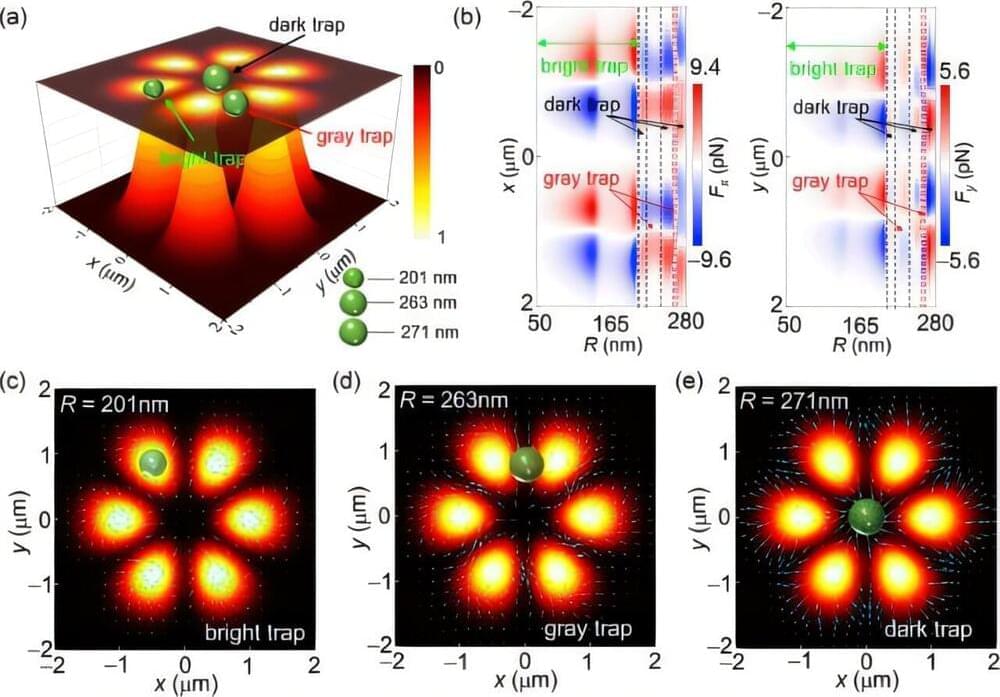Dec 26, 2024
Quantum teleportation has begun to change the world
Posted by Paul Battista in categories: computing, encryption, quantum physics
Quantum teleportation, once confined to the pages of science fiction, is steadily becoming a tangible scientific achievement. Advances in quantum mechanics over the last decade have transformed teleportation from a theoretical concept into an experimental reality.
These breakthroughs have revealed innovative methods for transmitting information instantaneously over vast distances, offering transformative possibilities for computing, communication, and cryptography. Scientists are now closer than ever to bridging the gap between imagination and reality in this cutting-edge field.
At its core, teleportation in the quantum world isn’t about physically transporting objects or people, as popularized by franchises like Star Trek. Instead, it involves transmitting quantum states—essentially the fundamental properties of particles like electrons or photons—without physical movement of the particles themselves.


















